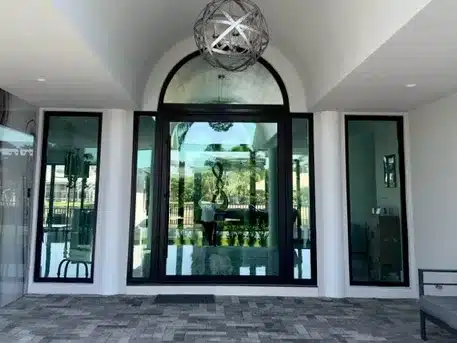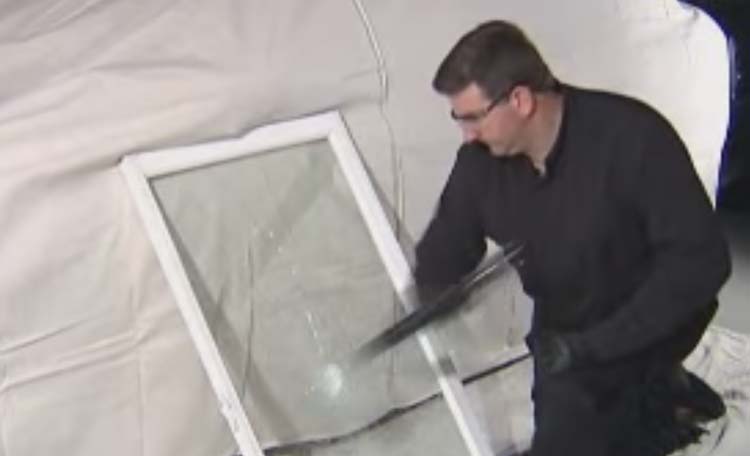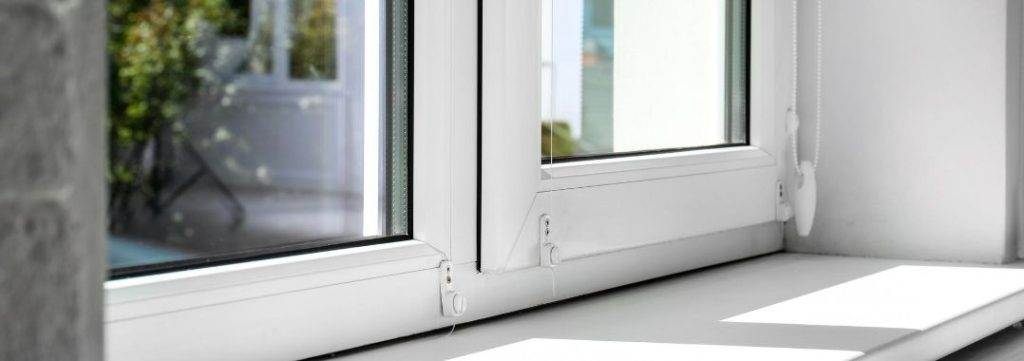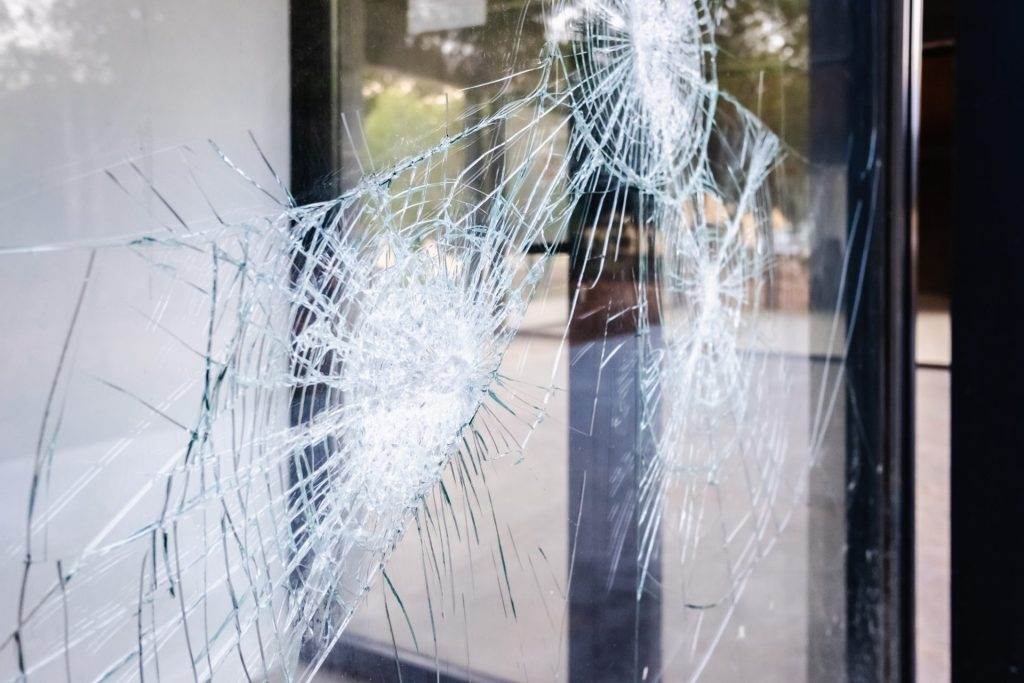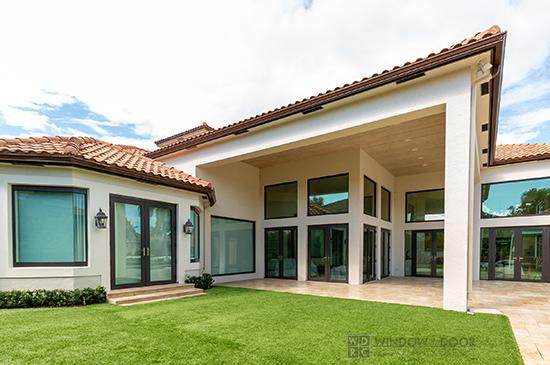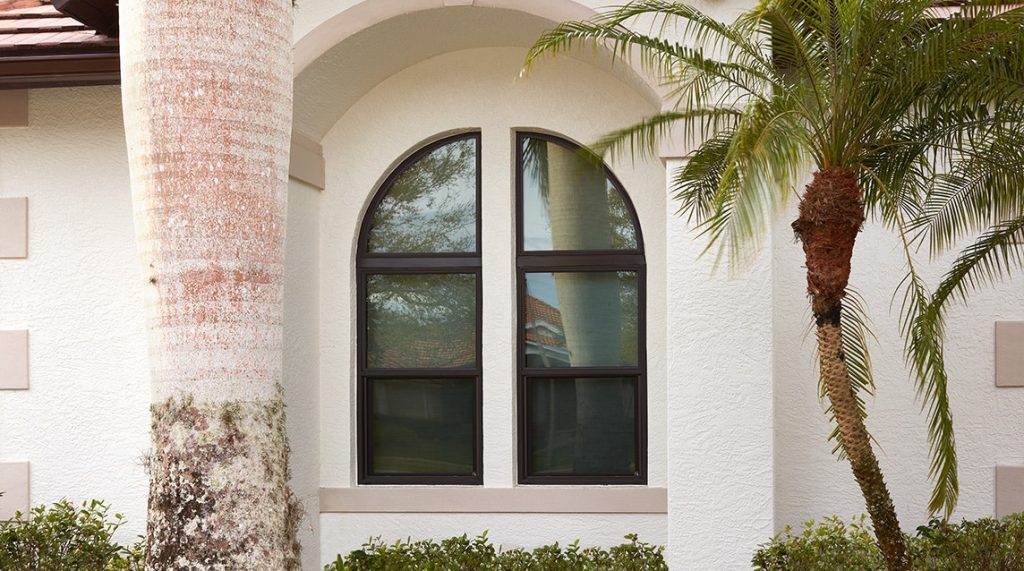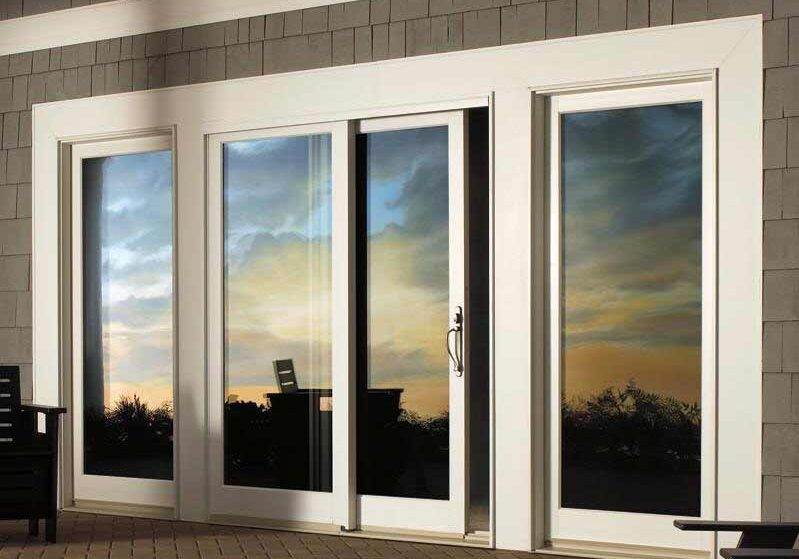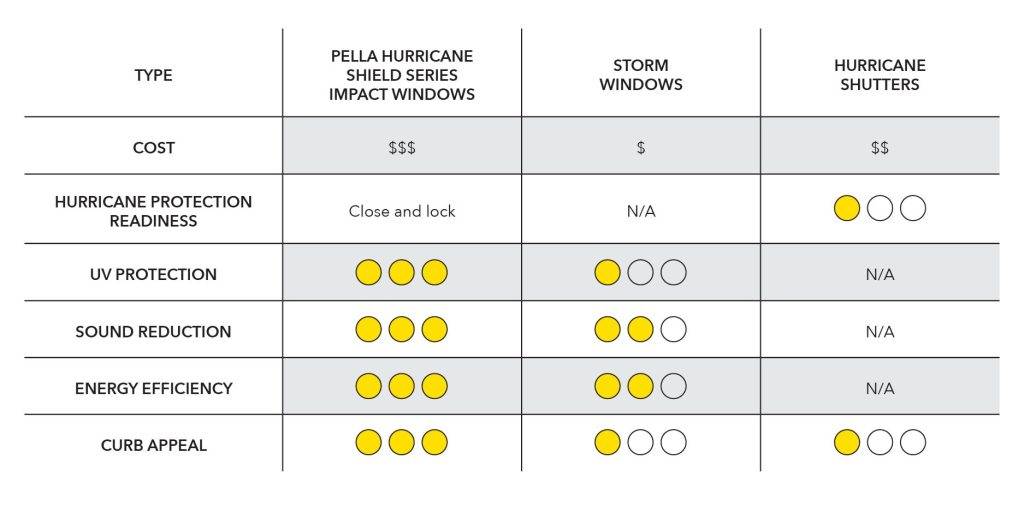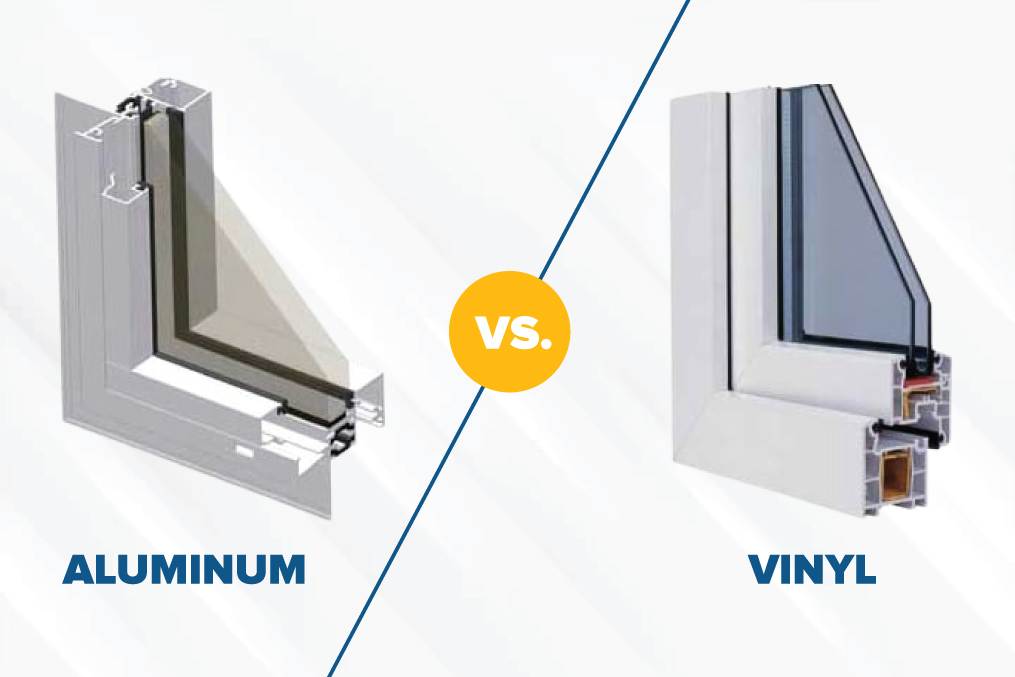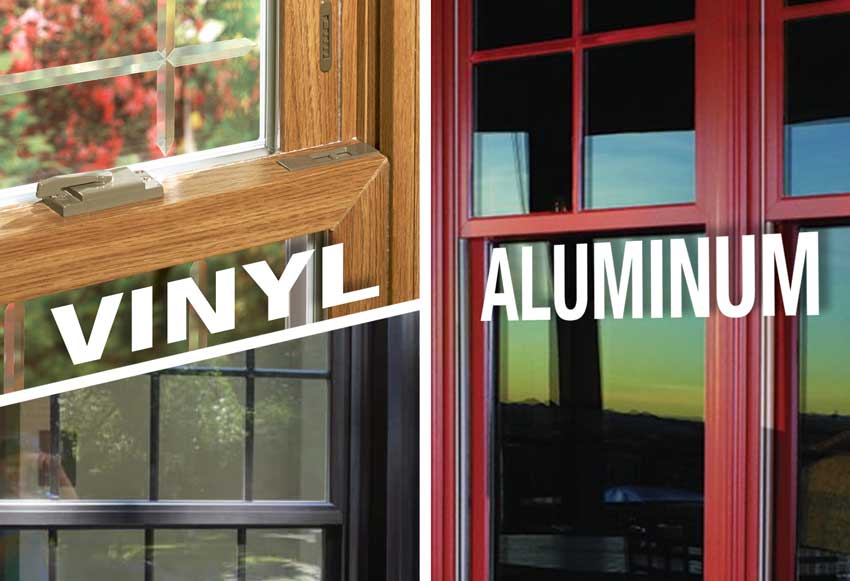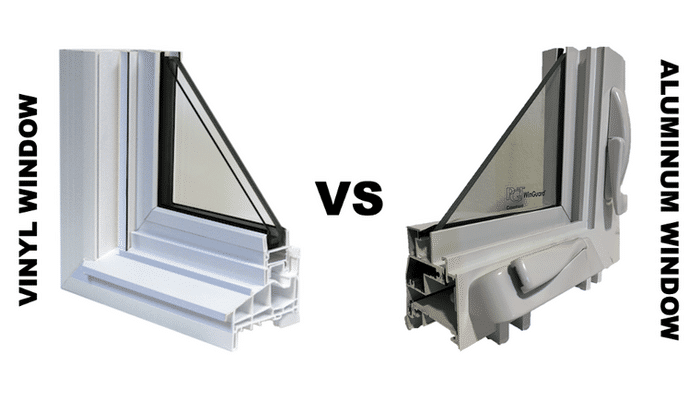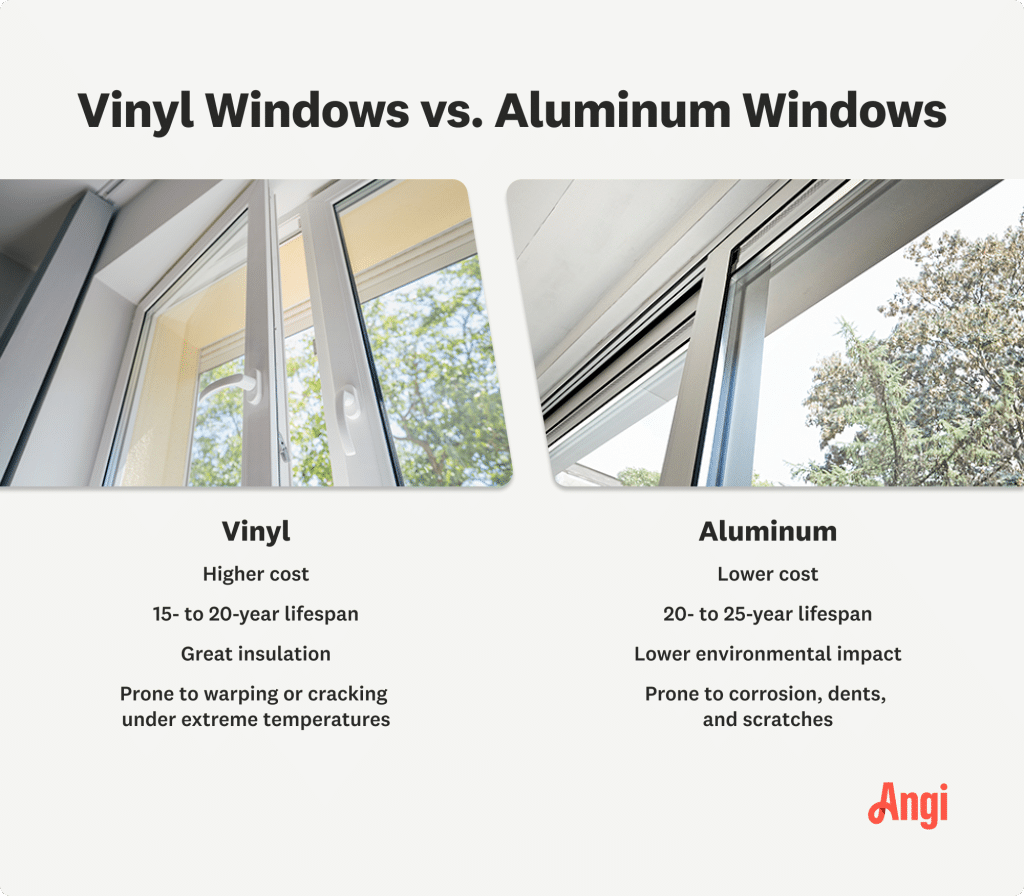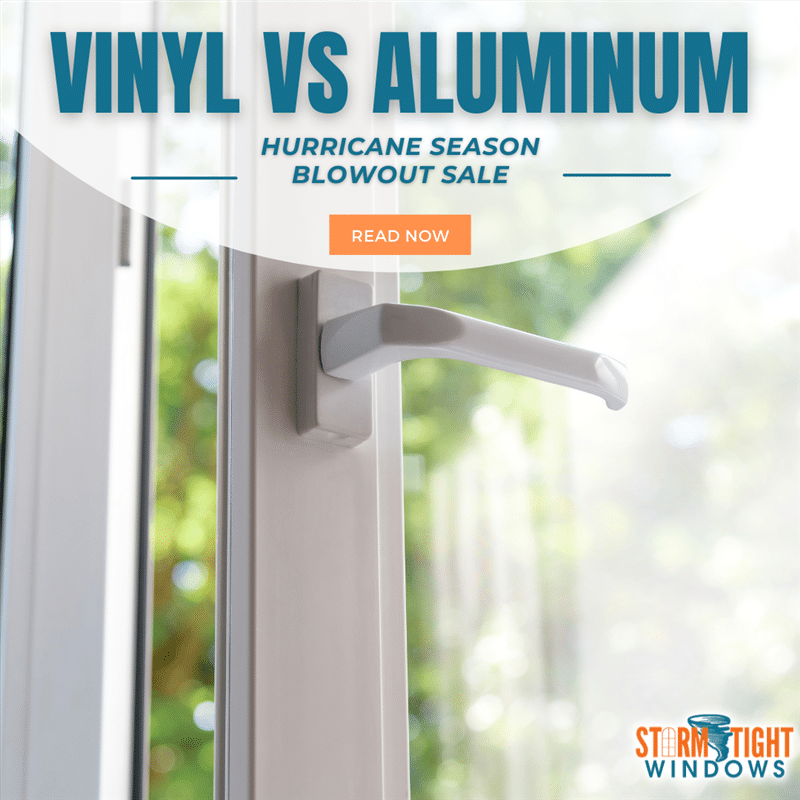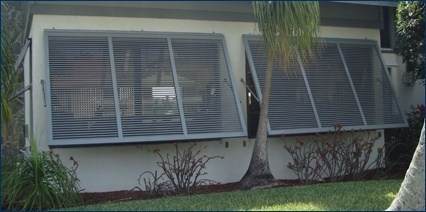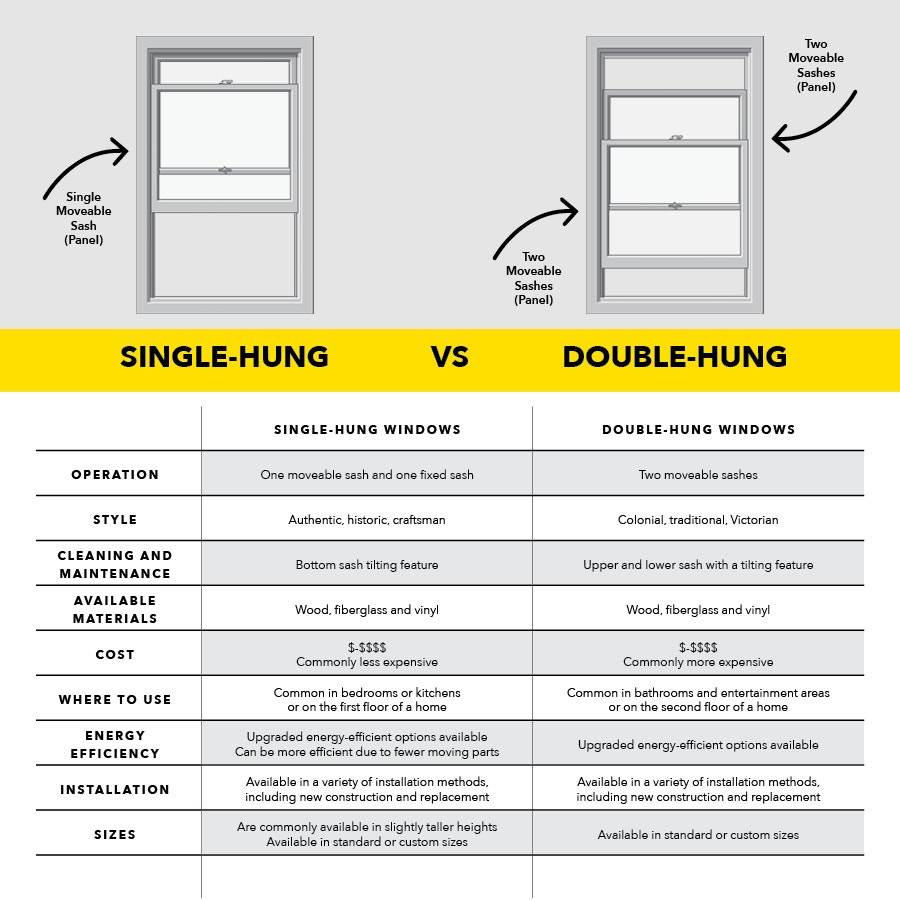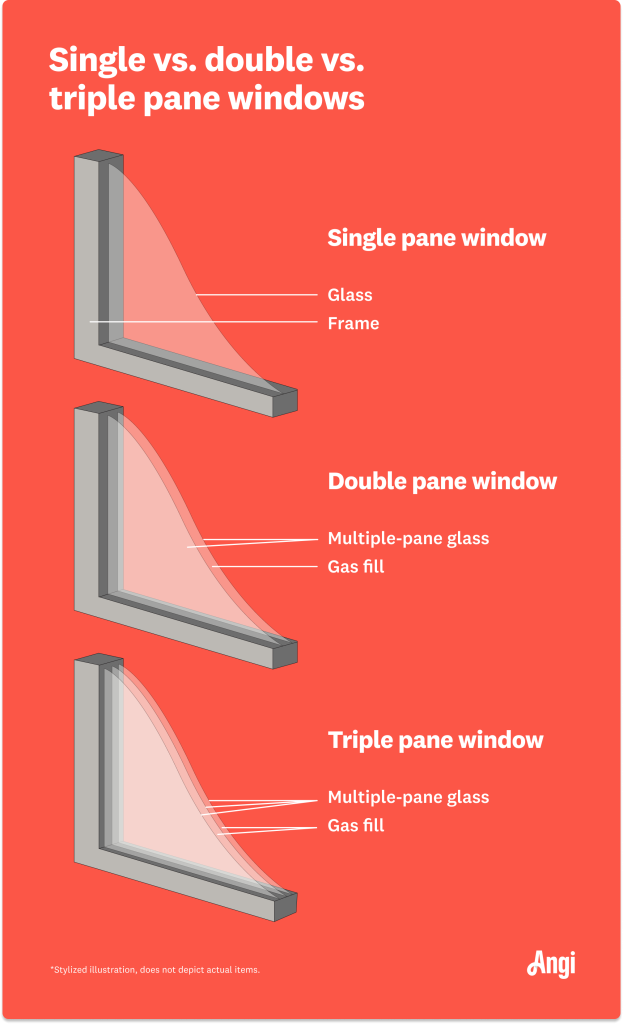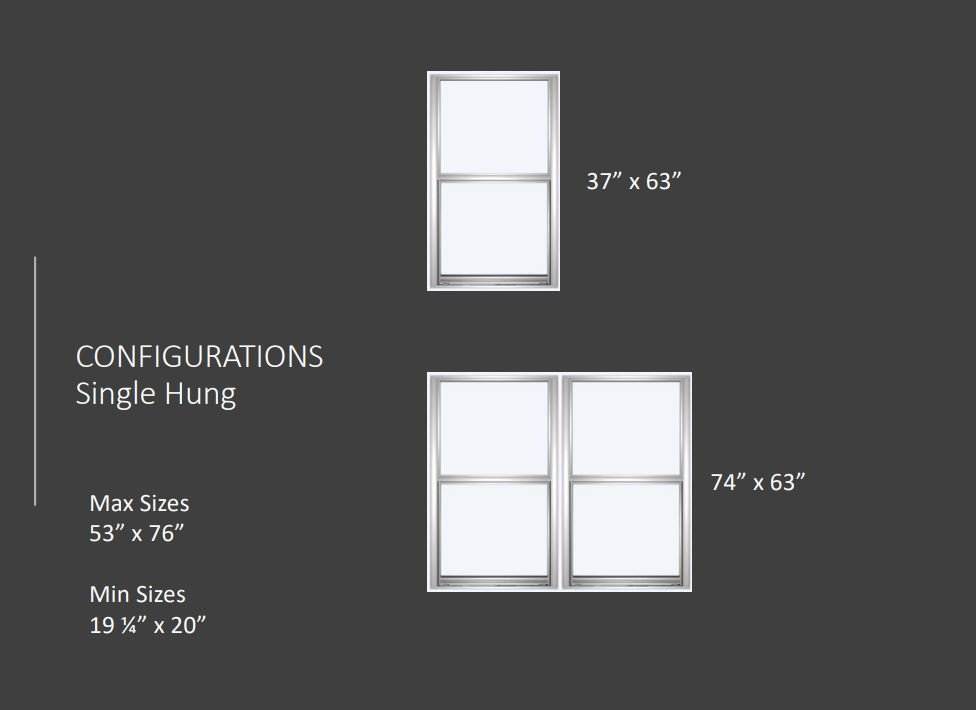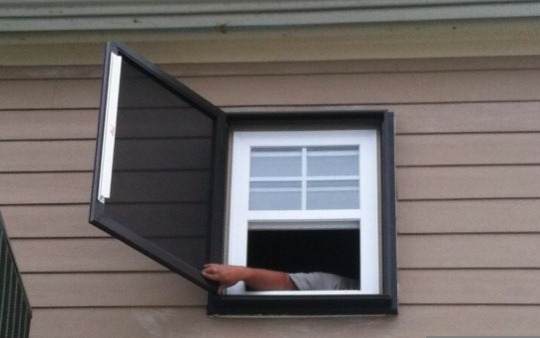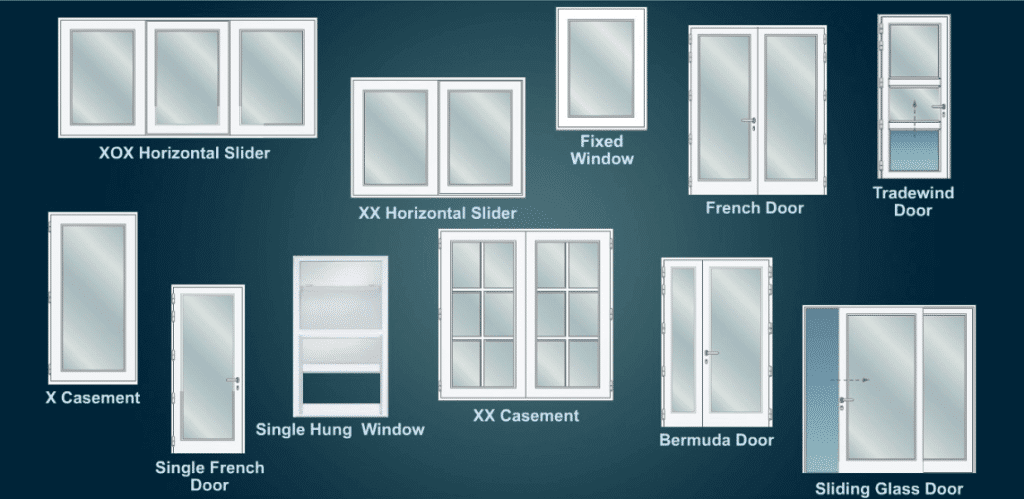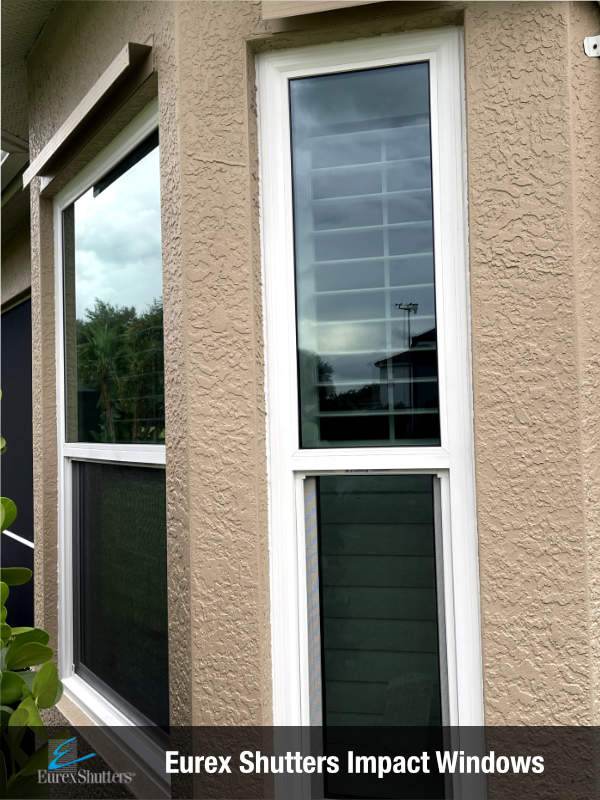Impact windows, widely known for their ability to provide increased protection against hurricane-force winds and flying debris, are a popular choice for homeowners in hurricane-prone areas. However, while they offer numerous advantages, it is important to also consider their potential drawbacks. In this article, we will discuss the negatives of impact windows, including their cost, limited design options, potential for condensation, and reduced natural ventilation. By understanding these disadvantages, homeowners can make an informed decision when considering whether impact windows are the right choice for their homes.
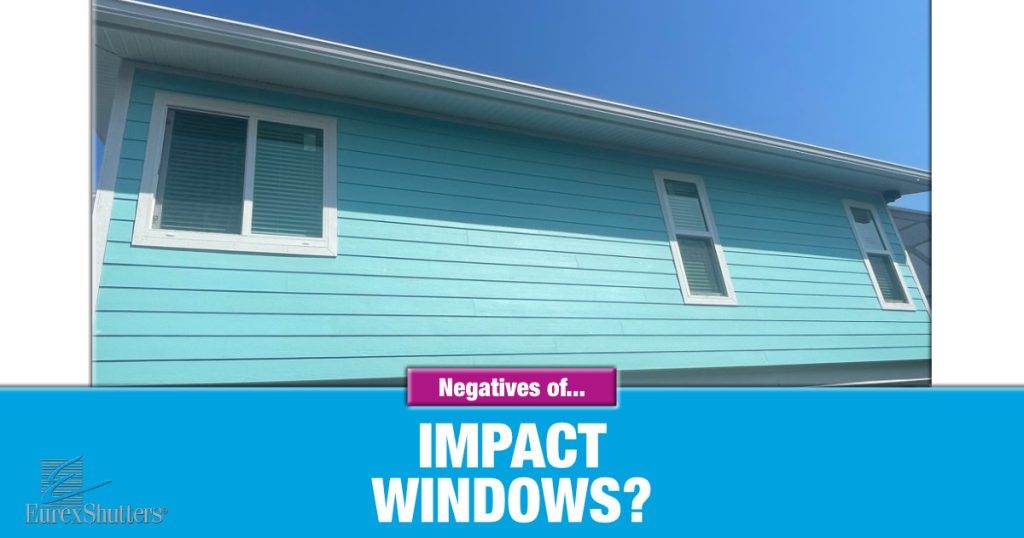
This image is property of eurexshutters.com.
Increased Cost
Higher Initial Investment
One of the primary drawbacks of impact windows is the higher initial cost compared to standard windows. Impact windows are specially designed to withstand severe weather conditions and provide additional security to your home. This enhanced durability comes at a price, as the materials and manufacturing processes involved in creating impact windows tend to be more expensive. Thus, the upfront investment required for installing impact windows can be significantly higher than traditional windows.
Additional Maintenance Costs
Apart from the higher initial investment, impact windows also come with additional maintenance costs. These windows need to be properly maintained to ensure their continued effectiveness. Regular inspection and cleaning of the windows, as well as lubrication of hinges and locks, may be necessary. Any damage caused by severe weather events should also be promptly addressed to maintain the integrity and functionality of the impact windows. Therefore, it is important to consider the long-term maintenance expenses associated with impact windows before making a final decision.
Limited Aesthetic Choices
Limited Design Options
Another potential drawback of impact windows is the limited design options available. While impact windows are primarily designed for safety and durability, they may not offer the same aesthetic versatility as traditional windows. The specialized construction and materials used in impact windows can restrict the variety of shapes, sizes, and styles that are available. This limitation may pose a challenge for homeowners who are looking to maintain a specific architectural style or desire more variety in their window design.
Potential Mismatch with Home Style
Additionally, the limited design options of impact windows can potentially result in a mismatch with the existing style of your home. If your house has a unique architectural design or a specific period style, finding impact windows that seamlessly blend in may be more challenging. This can impact the overall visual appeal and cohesiveness of your home’s exterior. It is essential to carefully consider the design options available for impact windows to ensure they align with your desired aesthetic and do not create a visual dissonance.
Reduced Natural Light
Less Sunlight
Impact windows, due to their thicker and often laminated glass, can reduce the amount of natural light entering a room compared to traditional windows. The added layers of protective coating and reinforced glass can impede sunlight from fully penetrating into the interior space. While this reduction in natural light may not be noticeable to everyone, individuals who prefer bright and well-lit spaces may find impact windows less desirable in this aspect. It is important to consider the potential impact on the overall ambiance and brightness of your home when opting for impact windows.
Impact on Indoor Plants
The reduced natural light caused by impact windows can also have implications for indoor plants. Certain plant species thrive in high-light environments and may struggle to receive adequate sunlight if impact windows obstruct a significant portion of natural light. This limitation can affect the health and growth of indoor plants, especially those positioned near windows. Alternative solutions, such as installing artificial lighting or selecting shade-tolerant plants, may need to be considered if impact windows are chosen.
Potential Noise Reduction Limitations
Limited Soundproofing
While impact windows offer some level of noise reduction compared to standard windows, they may not achieve the same soundproofing capabilities as specialized acoustic windows. The primary purpose of impact windows is to withstand impacts from severe weather events rather than solely focus on noise insulation. Thus, if noise reduction is a significant concern, especially in areas with high levels of external noise, it is important to be aware that impact windows may not provide the same level of acoustic insulation as alternative window options specifically designed for soundproofing.
Noise from Impact Events
Although impact windows are designed to withstand severe weather events, they may still produce noise when impacted. The energy absorbed during a high-force impact, such as flying debris or hail, can generate audible sounds. While this is an inherent characteristic of impact windows and demonstrates their effectiveness in protecting your home, it is worth considering the potential for increased noise during extreme weather events or strong impacts. Homeowners sensitive to noise disturbances may need to weigh the benefits of impact windows against this potential downside.

This image is property of www.homerunfinancing.com.
Difficulty in Replacement
Specialized Installation Required
Replacing impact windows can be more challenging and complex than standard window replacement due to their specialized installation requirements. Impact windows often have specific installation guidelines to ensure their effectiveness and safety. Hiring a professional contractor with experience in installing impact windows is essential to guarantee proper installation. This specialization comes at a higher cost compared to standard window replacement, as finding contractors with the necessary expertise may be more limited and therefore more expensive.
Potential Structural Modifications
Another significant consideration when replacing impact windows is the potential need for structural modifications. Impact windows are typically heavier and thicker than traditional windows, which can have implications for the surrounding walls and frames. The additional weight and size of impact windows may require reinforcing the existing window openings or making structural adjustments to accommodate the new windows. These modifications can increase the overall cost and complexity of the replacement process, necessitating careful planning and potentially impacting the aesthetics of your home’s interior and exterior.
Higher Replacement Costs
Due to the specialized installation requirements and potential structural modifications, the cost of replacing impact windows is generally higher than that of traditional window replacement. Besides the cost of the new windows themselves, homeowners also need to factor in the expense of professional installation and any necessary structural changes. It is important to consider the long-term costs of potential replacements when investing in impact windows, as they may require replacement more frequently or be more expensive to replace compared to traditional windows.
Possible Decrease in Property Value
Perceived Safety Trade-off
While impact windows provide enhanced safety and security, some homeowners perceive them as a necessary feature rather than a desirable one. Buyers may prioritize other factors, such as location, style, or amenities, over the presence of impact windows. In some cases, impact windows may even convey a sense of vulnerability or imply that the area is prone to severe weather events. This perception may decrease the market appeal of your property for potential buyers, potentially affecting its overall value.
Limited Market Appeal
Another factor that can potentially impact property value is the limited market appeal of impact windows. As not all regions experience frequent severe weather events, the demand for impact windows may vary. In areas with a lower likelihood of hurricanes or strong storms, the benefits of impact windows may be less evident to potential buyers, making them a less appealing feature. This limited market appeal may result in a smaller pool of interested buyers and potential difficulties in selling the property at a desired price or within a reasonable timeframe.
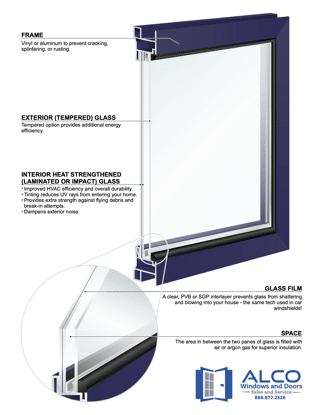
This image is property of info.alcoimpact.com.
Condensation Issues
Increased Humidity Potential
One of the possible drawbacks of impact windows is the increased potential for condensation to occur. The enhanced insulation properties of impact windows can result in higher humidity levels within the sealed spaces. This elevated humidity can lead to the formation of condensation on the interior surface of the windows, affecting visibility and potentially causing water damage to surrounding areas. Proper ventilation and humidity control measures, such as using dehumidifiers or maintaining adequate airflow, may be necessary to minimize condensation issues.
Impact on Window Frame and Seals
Excessive condensation on impact windows can also impact the window frames and seals over time. The constant exposure to moisture can accelerate the deterioration and degradation of these components, leading to potential structural issues or reduced window efficiency. Regular inspection and maintenance, including checking for and promptly addressing any signs of water damage or compromised seals, are crucial to prevent long-term damage and ensure the longevity of your impact windows.
Potential for Glass Breakage
Breakage in Extreme Conditions
While impact windows are designed to withstand high-force impacts, extreme conditions may still pose a risk of glass breakage. Unusually strong storms, debris propelled at high speeds, or other extreme events can potentially cause damage to impact windows. Although the risk is relatively low compared to standard windows, it is important to recognize that impact windows are not entirely impervious to breakage. Taking necessary precautions, such as reinforcing windows with shutters during severe weather events, can help minimize the risk of glass breakage.
Limited Warranty Coverage
While impact windows often come with warranties, it is important to carefully review the terms and limitations of the warranty coverage. Some warranties may not fully cover glass breakage or may have specific conditions that must be met for the warranty to remain valid. Understanding the extent of the warranty coverage and any associated limitations is crucial to make informed decisions and ensure adequate protection for your investment. Consulting with the manufacturer or installer can provide clarity on the warranty and help address any concerns regarding potential glass breakage.
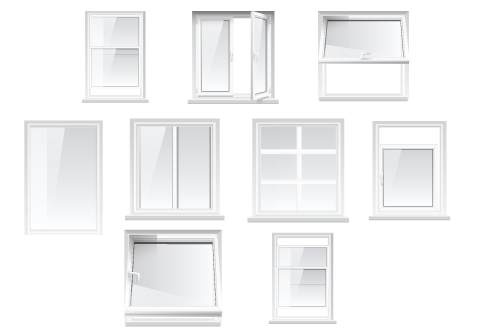
This image is property of www.guardianhurricaneprotection.com.
Interference with Wireless Signals
Blockage of Cellular and Wi-Fi Signals
The construction and materials used in impact windows can potentially interfere with wireless signals, including cellular and Wi-Fi networks. The thicker and more robust nature of impact window glass can impede the transmission and reception of wireless signals. This blockage can result in weakened cellular network coverage and diminished Wi-Fi speeds within areas near impact windows. If reliable wireless connectivity is crucial in your home, it is advisable to consult with a professional or conduct thorough research to determine the potential impact on wireless signals before investing in impact windows.
Signal Weakness and Disruption
In addition to potential blockage, impact windows may also contribute to signal weakness and disruption. The inherent attributes of impact windows, such as their multiple layers and coating, can attenuate wireless signals passing through them. This attenuation can result in weaker signals and potential disruptions, particularly if the wireless communication devices are located in close proximity to impact windows. It is important to consider the impact on wireless signal strength and stability, particularly in areas where dependable connectivity is vital.
Complexity in Cleaning
Difficult to Reach Exterior Surfaces
The design and construction of impact windows can make it more challenging to clean the exterior surfaces compared to standard windows. The increased thickness and presence of multiple layers in impact windows may limit access to the outermost surface. This limitation can make it difficult to reach and clean the exterior side of the windows, especially for upper floors or windows located in tight spaces. Professional cleaning services or specialized cleaning tools and techniques may be required to ensure proper maintenance and cleanliness of impact windows.
Specialized Cleaning Products Required
Furthermore, the specialized materials and coatings used in impact windows may necessitate the use of specific cleaning products. Regular household cleaners or harsh chemicals could potentially damage the window surfaces or compromise the integrity of the protective coatings. It is important to follow the manufacturer’s guidelines and recommendations for cleaning products and techniques to avoid any unintended effects on the appearance or functionality of impact windows. Utilizing appropriate cleaning products can help preserve the quality and longevity of impact windows.

This image is property of eurexshutters.com.









